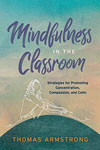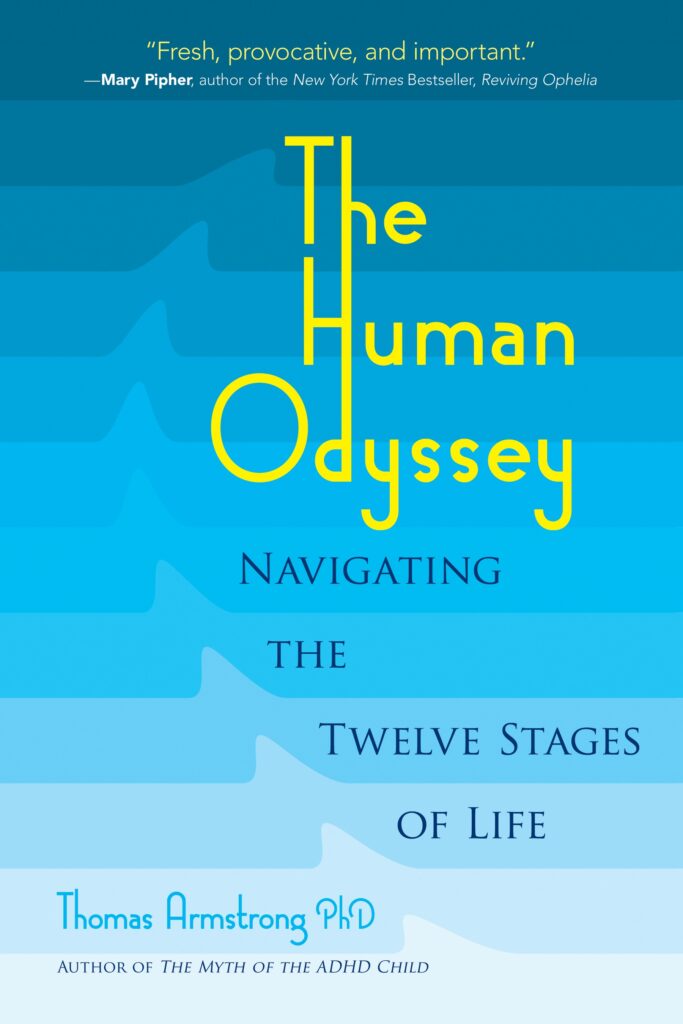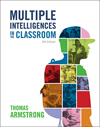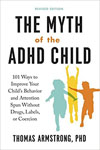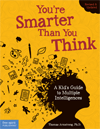 I’ve been hearing a lot about ”the science of reading” recently. This seems to be the new ne plus ultra ingredient in the ”best” reading programs. It’s part of this ”evidence-based” nonsense that I’ve written about elsewhere in my blog. As if some of us are going to sit back and let researchers in white coats tell us how children learn to read and write, or how we learned to read and write. I suspect that for most of us, our early memories of literacy acquisition were probably not scientifically neutral experiences of learning simple correspondences between the sound ”buh” and the letter b, or the blending of ”puh” with ”eh” and ‘tuh”to make the word ”pet.” Instead, I’ll bet these memories were something far more nuanced, set in a complex web of emotions and social encounters: sitting in the lap of a grandmother reading a book together, angrily attempting to write some words after a real or imagined slight, listening to a fairy tale and desperately wanting to master the visual words it came from.
I’ve been hearing a lot about ”the science of reading” recently. This seems to be the new ne plus ultra ingredient in the ”best” reading programs. It’s part of this ”evidence-based” nonsense that I’ve written about elsewhere in my blog. As if some of us are going to sit back and let researchers in white coats tell us how children learn to read and write, or how we learned to read and write. I suspect that for most of us, our early memories of literacy acquisition were probably not scientifically neutral experiences of learning simple correspondences between the sound ”buh” and the letter b, or the blending of ”puh” with ”eh” and ‘tuh”to make the word ”pet.” Instead, I’ll bet these memories were something far more nuanced, set in a complex web of emotions and social encounters: sitting in the lap of a grandmother reading a book together, angrily attempting to write some words after a real or imagined slight, listening to a fairy tale and desperately wanting to master the visual words it came from.
Why don’t literacy researchers study these things? Probably because they couldn’t get government grants to fund such qualitative studies. The funding goes to those studies that involve quantitative results, and that automatically favors projects that focus on the 44 sounds or phonemes of the English language. Scientists can scan the brains of beginning readers as they blend phonemes, pronounce dipthongs, and grapple with other sound-symbol relationships.
While ”the science of reading” apparently has pinpointed the specific areas of the brain responsible for this complex act, the truth is that reading (and writing) is a whole brain activity. I’ve found it helpful to think of the reading process in terms of Howard Gardner’s theory of multiple intelligences.
- Word Smart: Most people think of reading as a Word Smart activity. It’s true that the Word Smart areas of the brain (e.g. Wernicke’s area, Broca’s area, etc.) are integral to reading, and in fact, most of the ”science of reading”’ research has involved these Word Smart areas of the brain, as well as
- Logic Smart areas of the brain that are involved in the syntax and semantics of language.
- Picture Smart. But the back of the brain (occipital lobe) processes the visual symbols themselves (and the imagery that comes from decoding a word or reading whole story).
- Body Smart. The motor cortex of the brain is involved in mouthing the words subverbally (an important and often derided part of the early reading experience), and in generating the kinesthetic imagery involved in reading, say, a rollicking adventure story.
- Music Smart. Then there’s the actual musical dimensions of reading. I don’t so much mean hearing actual music while reading, although good readers can usually hear the sound effects and actual music that’s ”playing” in a book (e.g. musical imagery). I’m primarily referring to the tempo of the words as they flow along the page. This is processed by the temporal lobe, and seems to be deficient in those people who are diagnosed with dyslexia. I noticed this once while lecturing a group of college students who belonged to a dyslexia support group. When I lecture I sometimes like to ”riff” like a stand-up comedian, and I noticed in this lecture that my audience of students weren’t ”getting” any of my humorous observations – and I suspect it was because they weren’t following the rhythms that are essential to being funny (notice, for example, how Jerry Seinfeld uses phrasing, pauses, accents, and other temporal tools in his comedic delivery). Or maybe I just wasn’t funny. I dunno.
- People Smart. Then there’s the part of the brain that does ”mind reading” or understanding a piece of printed matter from the author’s point of view. The jury’s out on where exactly this takes place in the brain, but it involves People Smart and probably occurs somewhere in the prefrontal cortex where so much of our social processing occurs.
- Nature Smart. I haven’t mentioned Nature Smart, but there’s some research out there indicating a certain type of aphasia where a person with that condition can decode words found in nature, but not those found in culture, so there’s definitely something in our brain connected with processing words that are based in nature.
- Self Smart. Also, there’s the self-reflective, self-talk nature of reading (”hmmm….I wonder if the butler killed Colonel Mustard?”). This also would involve prefrontal cortex processing.
So you see, the current ”science of reading” is insufficient to account for all that goes on when a person pokes their head into a book (or takes up a pen or word processor to write). I’d like to think that someday brain scan machines will be large enough to have a nice comfy sofa in them where subjects can curl up with a good book, while having all eight intelligences of their brain scanned, so we can see a true picture of the reading and writing process. Until then, take the ”science of reading” stuff with a grain of salt. And remember back, if you can, to how you first learned to read. Is probably wasn’t with a phonics book!
For more information about the multiple intelligences of literacy, see my book The Multiple Intelligences of Reading and Writing: Making the Words Come Alive
This page was brought to you by Thomas Armstrong, Ph.D. and www.institute4learning.com.
Follow me on Twitter: @Dr_Armstrong






